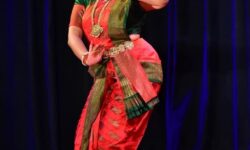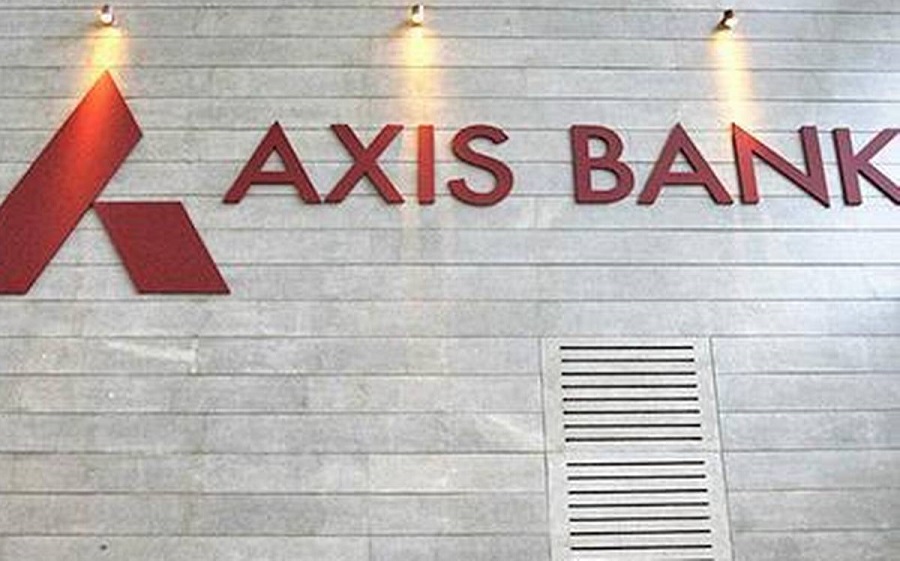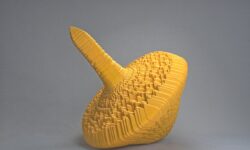
NEW DELHI:
With its closed wings and head down, Phaneendra Nath Chaturvedi’s butterfly bears a posture in static motion, as if readying to fly and take India’s sculpting scenario further upward. The multicolour work in stainless steel carries the vibrancy and sturdiness of contemporary art in the subcontinent — as does the entire set of 24 exhibits at a milestone show in the national capital.
As a tribute to many-faceted cultural personality Keshav Malik on his birth centenary, the 15-day iSculpt is catching connoisseurs’ attention as a milestone event hosting young and established visual artists from across the country. Being organised by the Delhi Art Society (DAS) founded by Malik (1924-2014), the event ending this Thursday has been curated by scholar-historian Uma Nair.
“Phaneendra’s ‘Ekayatam’ is like a strand of magic that conveys the joy of life,” notes Uma, whose ‘iSculpt’ is currently into its fifth edition at India International Centre (IIC) this time as well. “Its fluttering wings, in effect, borrow shades from the celestial palette and seem to dance in the worlds of the ordinary as well as celestial.”
While the works of Varanasi-born Phaneendra, 42, have been regular at exhibitions from the turn of this century, iSculpt has Andhra Pradesh’s Harsha Durugadda from the same generation, but with his artwork in painted birch-wood. Known generally for his large-scale sculpting, the Hyderabad-based Harsha’s ‘Topo’ at the December 7-21 show is inspired by an Indian toy and juxtaposed with pyramidal structures resembling contemporary urban architecture.
Then there is architect-turned-sculptor Nimesh Pilla’s unicorn. The mythical theme, done in aluminium, goes for a realistic depiction, spelling an “echo of all kinds of beings and tales that come reeling into one’s album of memories”, notes the curator. Uma, considering the love Malik always had for photographs, besides of course paintings, has accommodated a set of nine monochromes by lensman Manoj Arora, also in his 40s.
Sculptor Neeraj Gupta, who is president of the 2005-established DAS, recalls Malik’s quest for promoting public art amid his deep knowledge about cultural practices across continents. “Today, if Delhi’s own Buddha Jayanti Park has sculptures in the shape of vanished trees from a 100-acre semi-forest, DAS has its definite role,” points out the 54-year-old artist, whose couple of works feature at iSculpt. With highly individualistic ideas and design, the architectural engineer-turned-sculptor is reputed as a green activist too.
Aptly, among its 24 exhibits on IIC’s poolside Gandhi King Plaza, iSculpt has one up the central tree of the venue. Sticking to a couple of its branches is Ankon Mitra’s ‘A Fleeting Moment of Infinite Bliss’, using modular aluminium sheets. Hand-folded and powder-coated to brass finish, it portrays the desirable ability to smile benignly at life, knowing well the endless dreariness of material existence.
Retired bureaucrat K.N. Shrivastava, who is now Director of IIC which is a non-governmental organisation that serves as a joint for cultural and intellectual viewpoints across ideologies and regions, recalls Malik’s “unparalleled” contributions to the world of art. “Besides writing on visual arts for frontline journals, his edited niche magazine Thought, reinforcing one’s eminence in literature,” he adds. “All these were following his return from Europe in the late 1950s after scholarly studies in Western art.” While Delhiite Malik was closely associated with IIC since its inception in 1962, he founded DAS at the age of 81.
Among the elderly or late artists at iSculpt are Satish Gujral, Amar Nath Sehgal, Himmat Shah and Satish Gupta. “Also, two women artists have lent iSculpt unique feminine identities in their works,” adds Uma about portrait artist Sonia Sareen (who has been working for 20 years) and Rini Dhumal (1948-2021), a polymath known for her Devi series printmaking and sculptures.
Ganesha by Sehgal (1922-2007) wears a narrative appearance steeped in formalism, with the sculpture’s trunk flowing down a hollowed-out space. The bronze work, Uma points out, suggests the vitality of the wisdom and benevolence of the elephant-headed god. “In the gently flowing profile, we sense a symbol of abundance as well as approachable serenity,” she notes.




